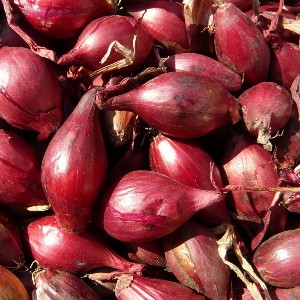 Smart Citations
Smart CitationsSee how this article has been cited at scite.ai
scite shows how a scientific paper has been cited by providing the context of the citation, a classification describing whether it supports, mentions, or contrasts the cited claim, and a label indicating in which section the citation was made.
The effect of Dayak onion brewed water in reducing blood pressure and mean arterial pressure (MAP) in hypertensive patients
Background: The World Health Organization (WHO) estimated that 1.28 billion adults aged 30-79 years worldwide suffered from hypertension. Dayak onion is an herbal plant found in Indonesia, particularly in Kalimantan and traditionally used to treat hypertension. The purpose of this study was to determine the effect of Dayak onion steeping water on the reduction of systolic-diastolic blood pressure and mean arterial pressure (MAP) in hypertensive patients.
Methods: This study employed a quasi-experimental research design with a time series approach, utilizing a pre-post-test design with a control group. The sample included two groups (intervention and control), totaling 30 participants. The independent variable was the steeping of Dayak onion bulbs, while the dependent variables were blood pressure values and MAP. The instruments used were Standard Operating Procedures (SPO) Dayak onion herb, SPO blood pressure measurement, SPO calculation of MAP, and a digital sphygmomanometer. Data analysis was performed using paired t-tests.
Results: The results of the paired t-test statistical analysis of systolic-diastolic values and MAP in each group revealed significant findings. In the intervention group, a significant result was obtained in the pre-post test difference test, with a p-value of < 0.05 from day 1 to day 3 assessments. This suggests that Dayak onion steeping water had an effect on systolic-diastolic and MAP values in the intervention group. In contrast, the pre-post test in the control group yielded a p-value of < 0.05 for systolic values on days 2 and 3, diastolic values on days 1 and 3, and MAP values on days 1, 2, and 3. This indicates differences in systolic-diastolic and MAP values in the pre-post assessments, although these differences were not evenly distributed across every day.
Conclusion: The study found that Dayak onion steeping water had an effect on systolic-diastolic and MAP values in the intervention group. Thus, the use of Dayak onion steeping water, containing allicin, can be considered an approach for controlling hypertension in the realm of complementary and alternative medicine, utilizing natural ingredients for herbal therapy.
Downloads
How to Cite

This work is licensed under a Creative Commons Attribution-NonCommercial 4.0 International License.

 https://doi.org/10.4081/hls.2023.11776
https://doi.org/10.4081/hls.2023.11776





